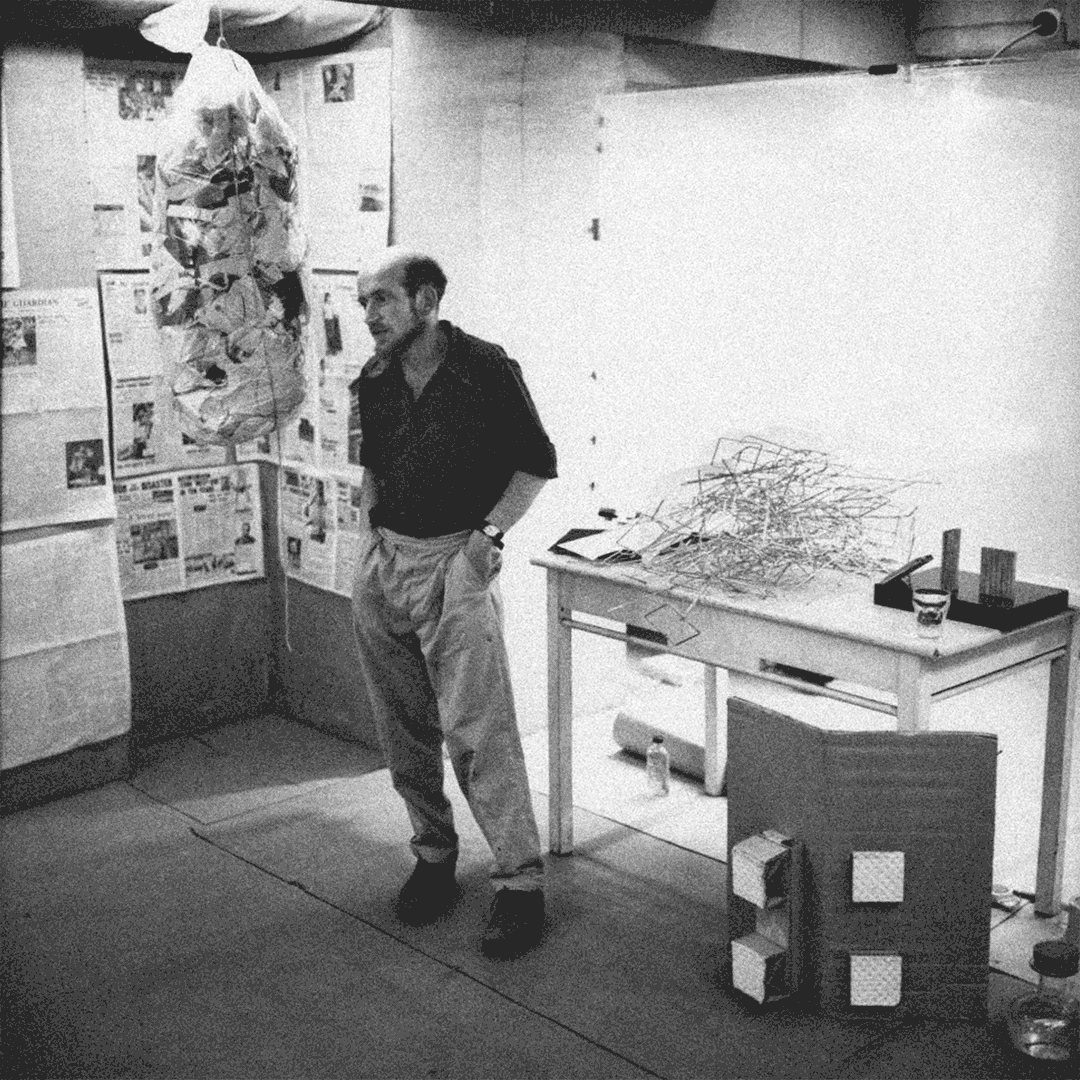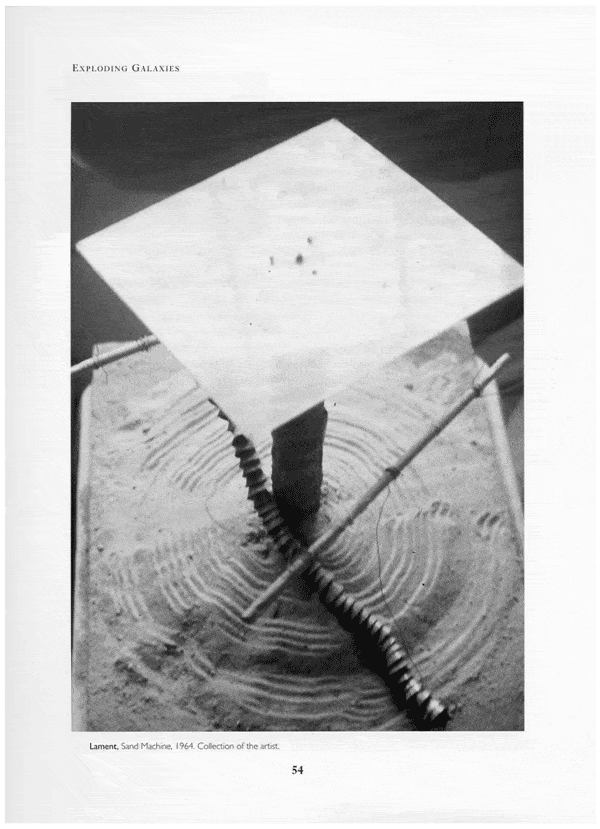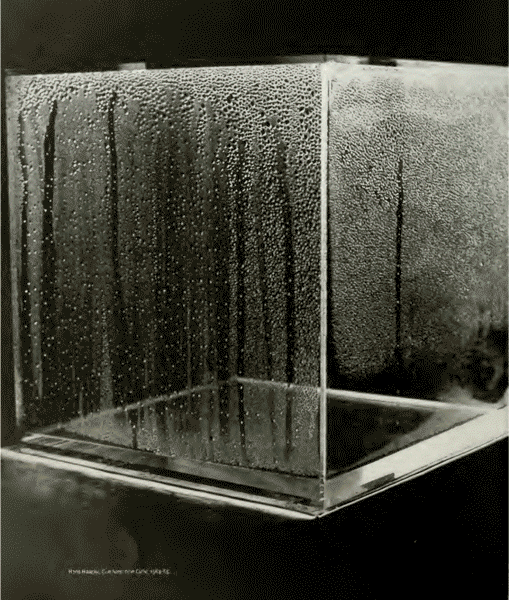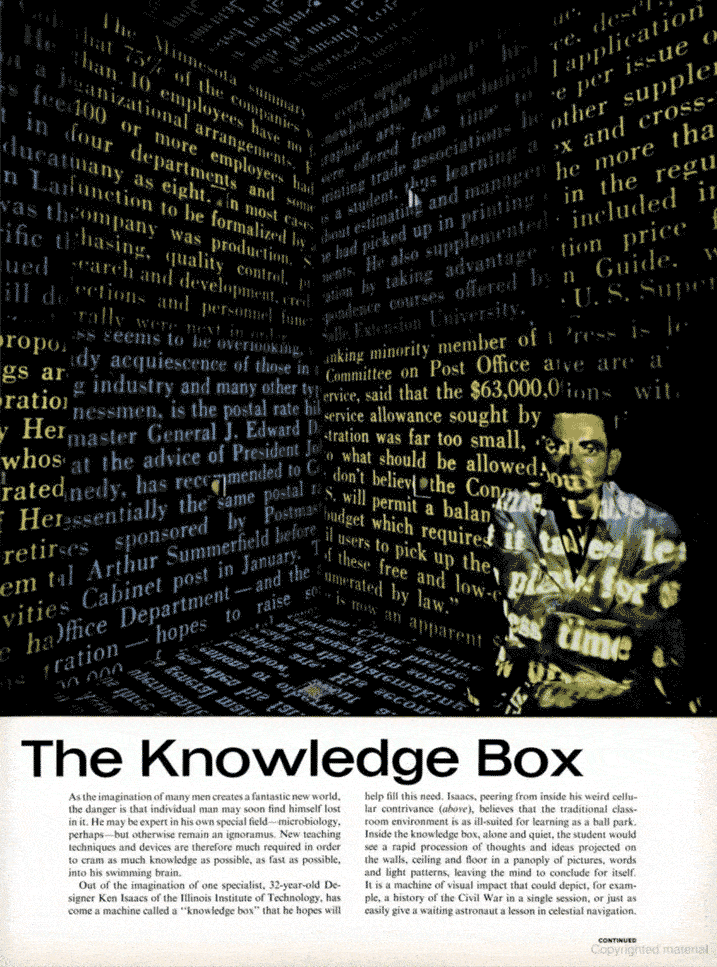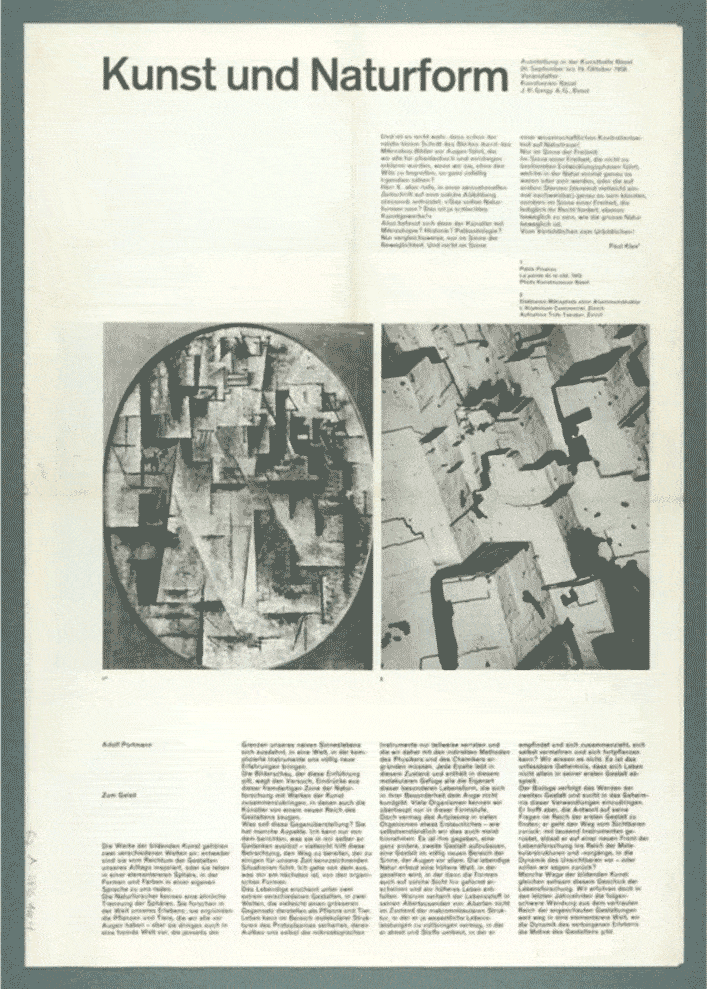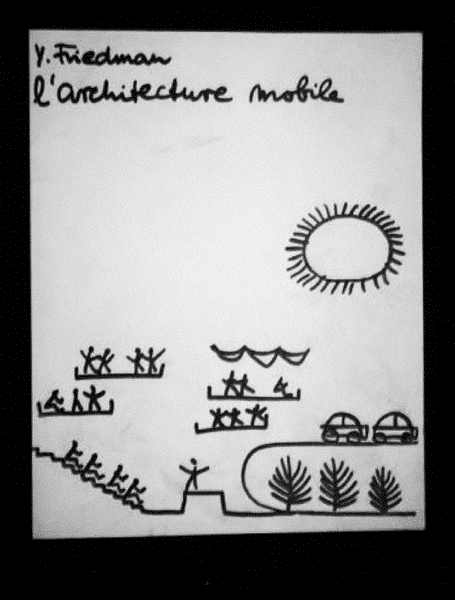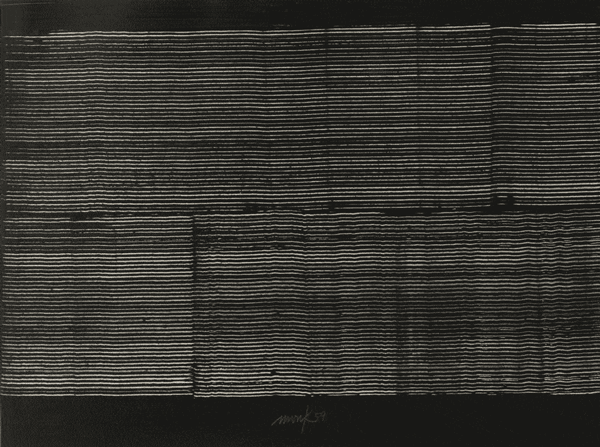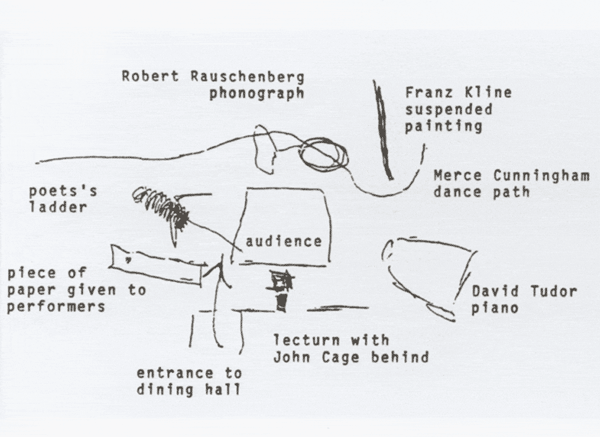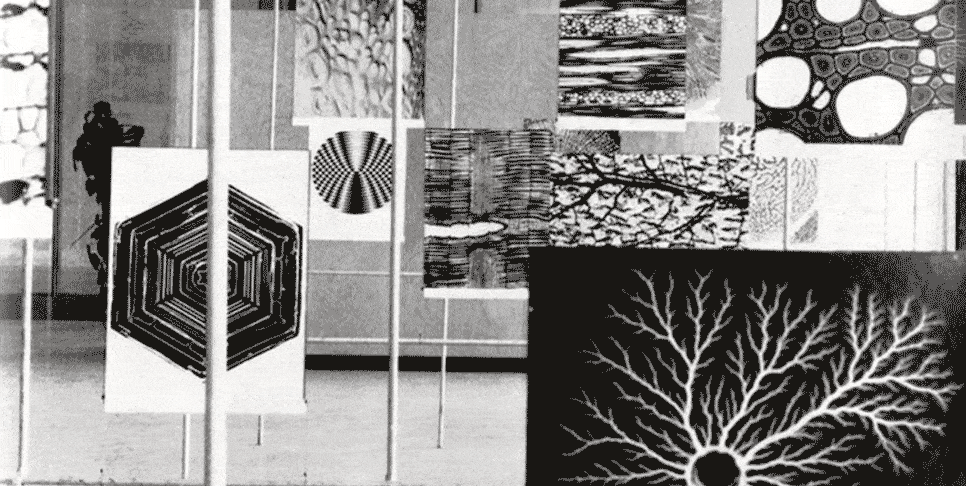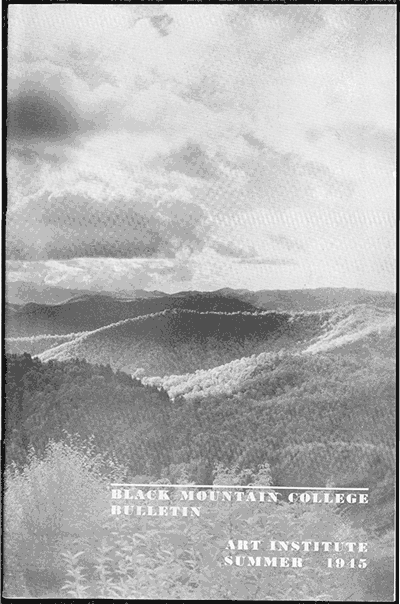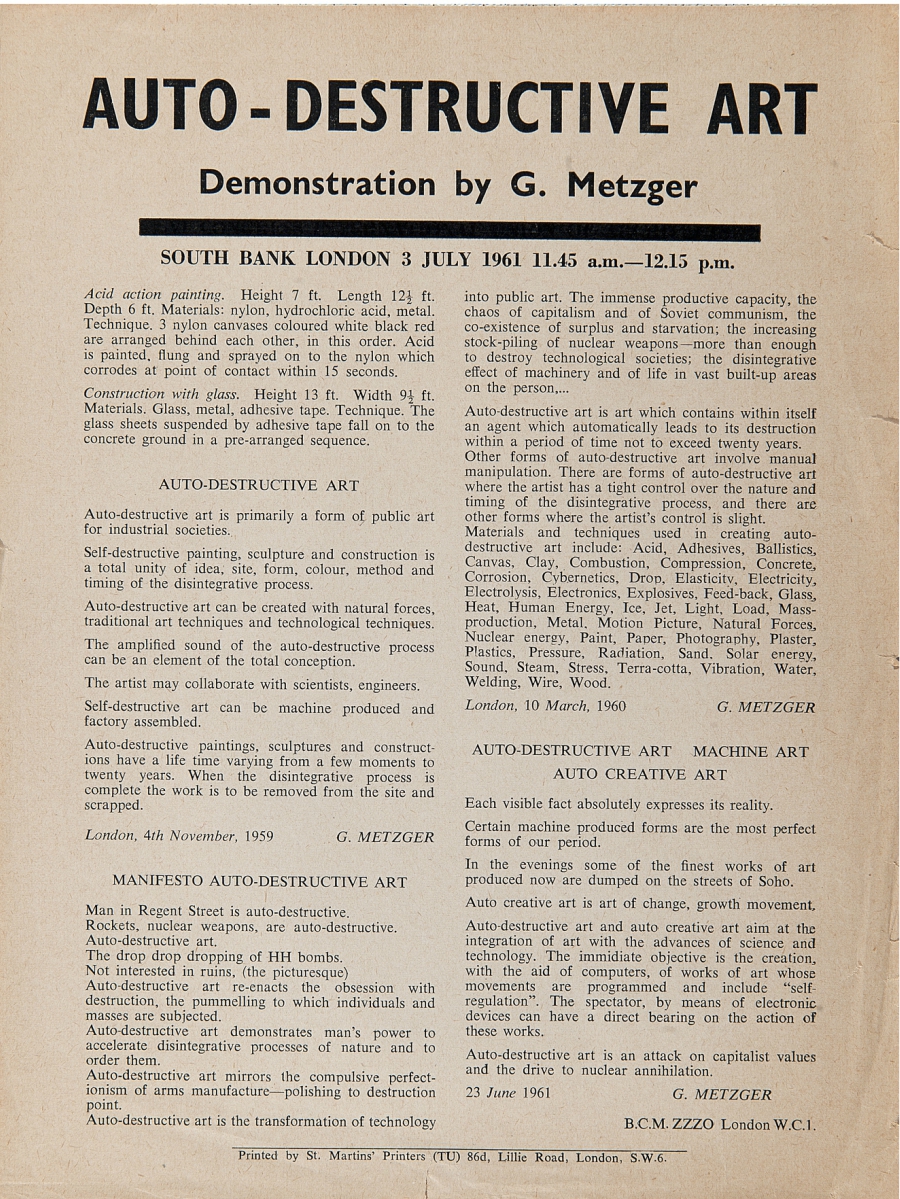
“Auto-destructive Art. Demonstration by Gustav Metzger”, London, 3 July 1961 (retrieved from monoskop.org, March 2021).
Auto-creative art, unburdened by the weight of political critique, allowed Metzger to pursue a broader spectrum of aesthetic experiences, defining a new role for the artist in relation to the work of art (further removed from the act or gesture itself), and a new form of art.
Elizabeth Fisher
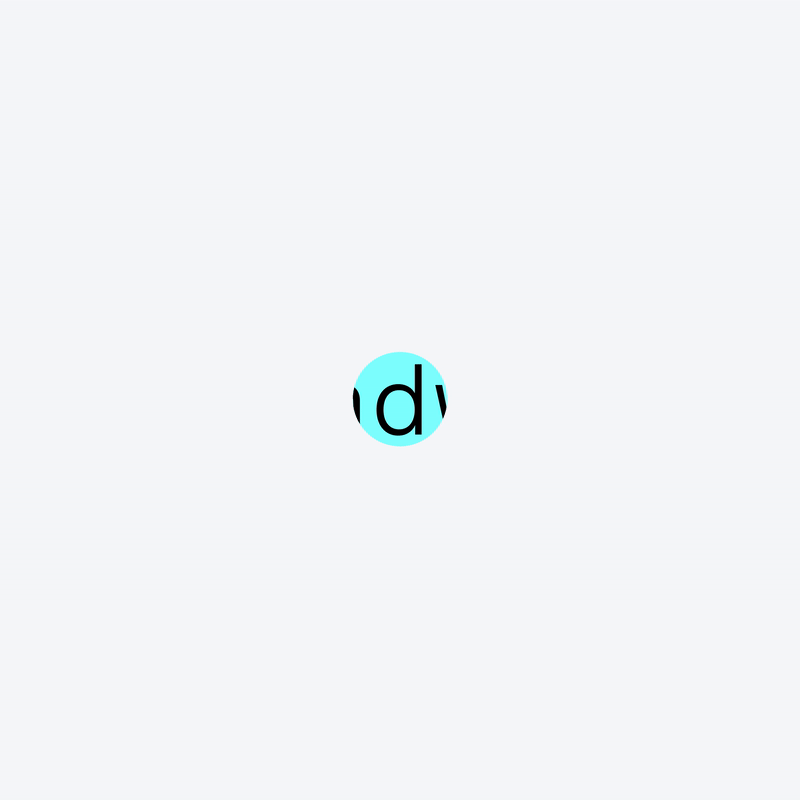
Auto-Destructive Art and Auto-Creative Art
Gustav Metzger
Echoing the “Groundworks” timeline: 1961
Auto-Destructive Art is primarily a form of public art for industrial societies.
Auto-destructive painting, sculpture and construction is a total unity of idea, site, form, colour, method, and timing of the disintegrative process.
Auto-destructive art can be created with natural forces, traditional art techniques and technological techniques.
The amplified sound of the auto-destructive process can be an element of the total conception.
The artist may collaborate with scientists, engineers.
Auto-Destructive Art can be machine produced and factory assembled.
Auto-destructive paintings, sculptures and constructions have a lifetime varying from a few moments to twenty years. When the disintegrative process is complete the work is to be removed from the site and scrapped.
London, 4 November 1959, G. METZGER
Gustav Metzger — “Auto-Destructive Art, (First manifesto, 1959)”*
—
Each visible fact absolutely expresses its reality.
Certain machine produced forms are the most perfect forms of our period.
In the evenings, some of the finest works of art produced now are dumped on the streets of Soho.
Auto-Creative Art is art of change, growth, movement.
Auto-Destructive Art and Auto-Creative Art aim at the integration of art with the advances of science and technology. The immediate objective is the creation, with the aid of computers, of works of art whose movements are programmed and include "self-regulation". The spectator, by means of electronic devices can have a direct bearing on the action of these works.
Auto-Destructive Art is an attack on capitalist values and the drive to nuclear annihilation.
23 June 1961, G. METZGER
Gustav Metzger — “Auto-Destructive Art, Machine Art, Auto-Creative Art (Third manifesto, 1961)”.*
—
… Auto-Creative Art is an art form of the immediate future. Auto-Creative Art aims at the creation of works that grow in volume and works that extend by reproduction. Other aims include the creation of works having limitless change of images without image duplication.
In this art form, as in Auto-Destructive Art, time, space, motion, metamorphosis and sound have a different far more important role in the conception, construction and appreciation of the work than in art up to now. Artists working in this field will have close contacts with science and will necessarily work with advanced techniques. …
Gustav Metzger — “Auto-Destructive Art, Machine Art, Auto-Creative Art (Third manifesto, 1961)”
* Gustav Metzger. History History, edited by Sabine Breitwieser (Generali Foundation, Vienna; Hatje Cantz Verlag, Ostfildern-Ruit, 2005), 226, 228, 230.
** Elizabeth Fisher — “Gustav Metzger: Iconoclasm and Interdisciplinarity”, Interdisciplinary Science Reviews, Vol. 42, No. 1-2 (7 July 2017), Taylor & Francis, London. Accessed here March 2021.
|
Gustav Metzger defined Auto-Destructive Art in November 1959 in his first self-published manifesto, and his oeuvre is mainly considered through this prism. But as early as 1961, in his third manifesto, he felt the urgency to introduce the opposite concept, the auto-creation. In both his theoretical thought and artistic experiment, Auto-Destructive Art is inseparably linked to its corollary, Auto-Creative Art. The dialectical dynamic that found expression in the relationship between these two concepts has remained at the core of Metzger’s practice. |
“maat Explorations” is an ongoing programme that delves into the socio-cultural and environmental transformations stemming from the current bio crisis and ecological destruction. It provides an insight into the hard science of climate intervention and the creative speculations behind innovation-led research to safeguard our planetary co-existence.
Prominent in this strand is the installation Earth Bits – Sensing the Planetary, that opens access to the complex interconnectedness between the environmental and the energetic quests and its reverberation through decades of artistic production, political and cultural movements traced from the 1960s until today.
On maat ext., a series of #groundworks hashtags introduce the critical explorations that feed into the complex interconnectivity between the environmental and energetic quests, and its reverberation through decades of artistic production, political and cultural movements traced from the 1960s until today. |


